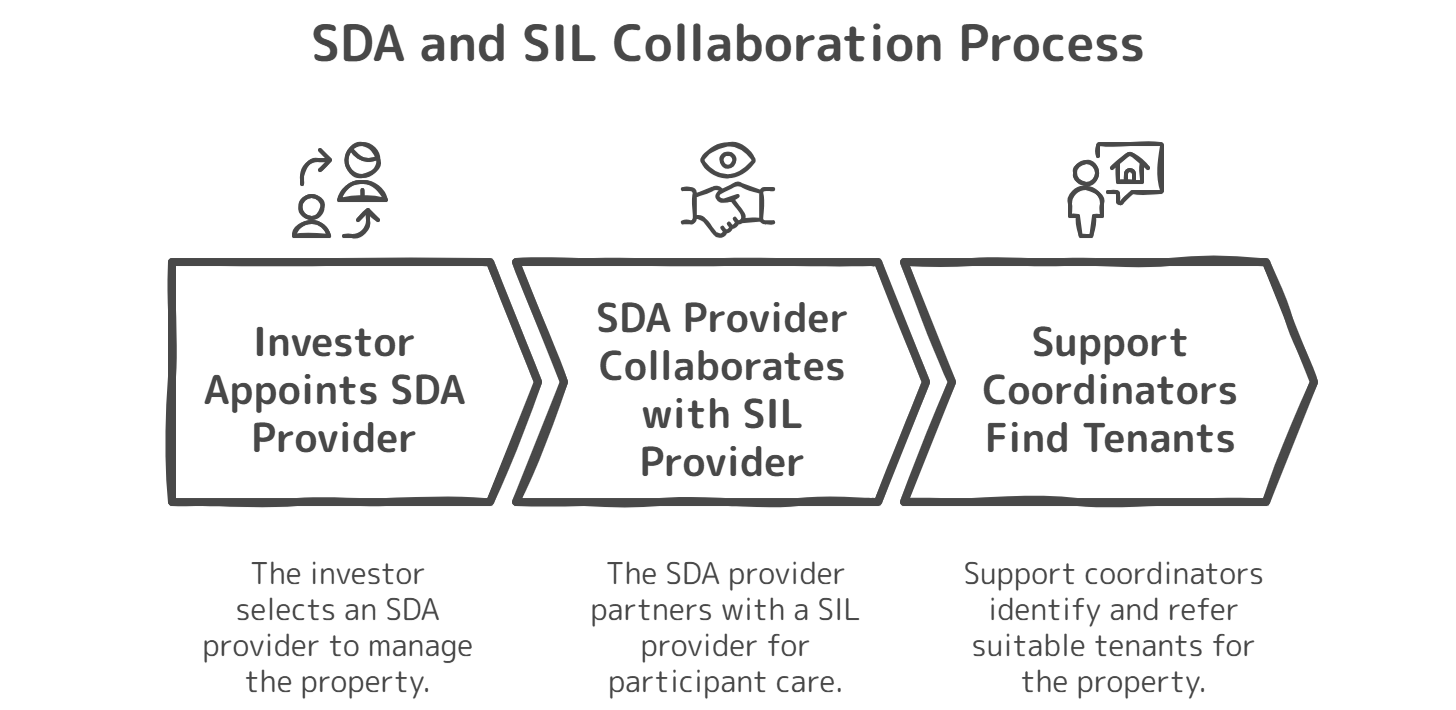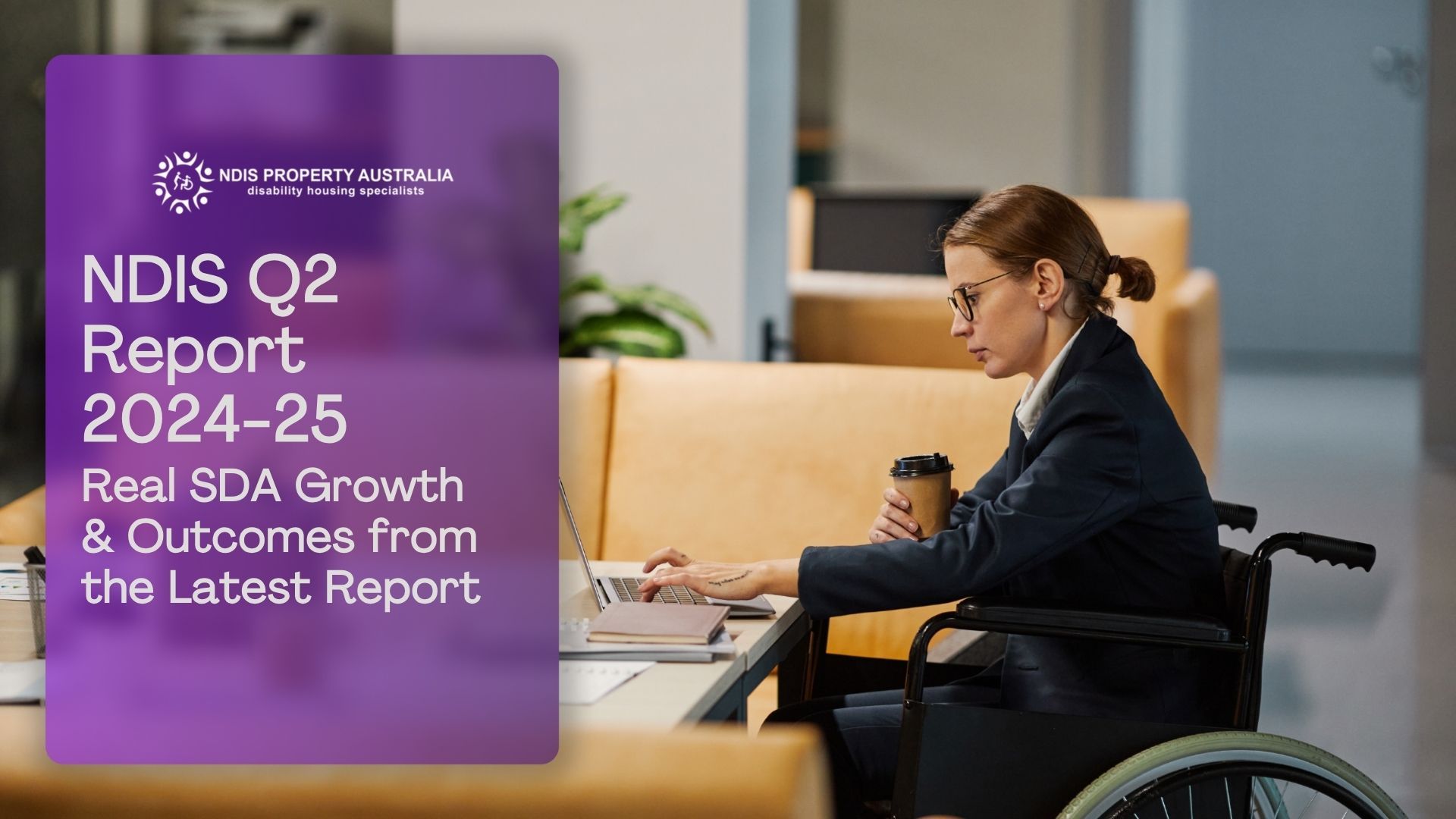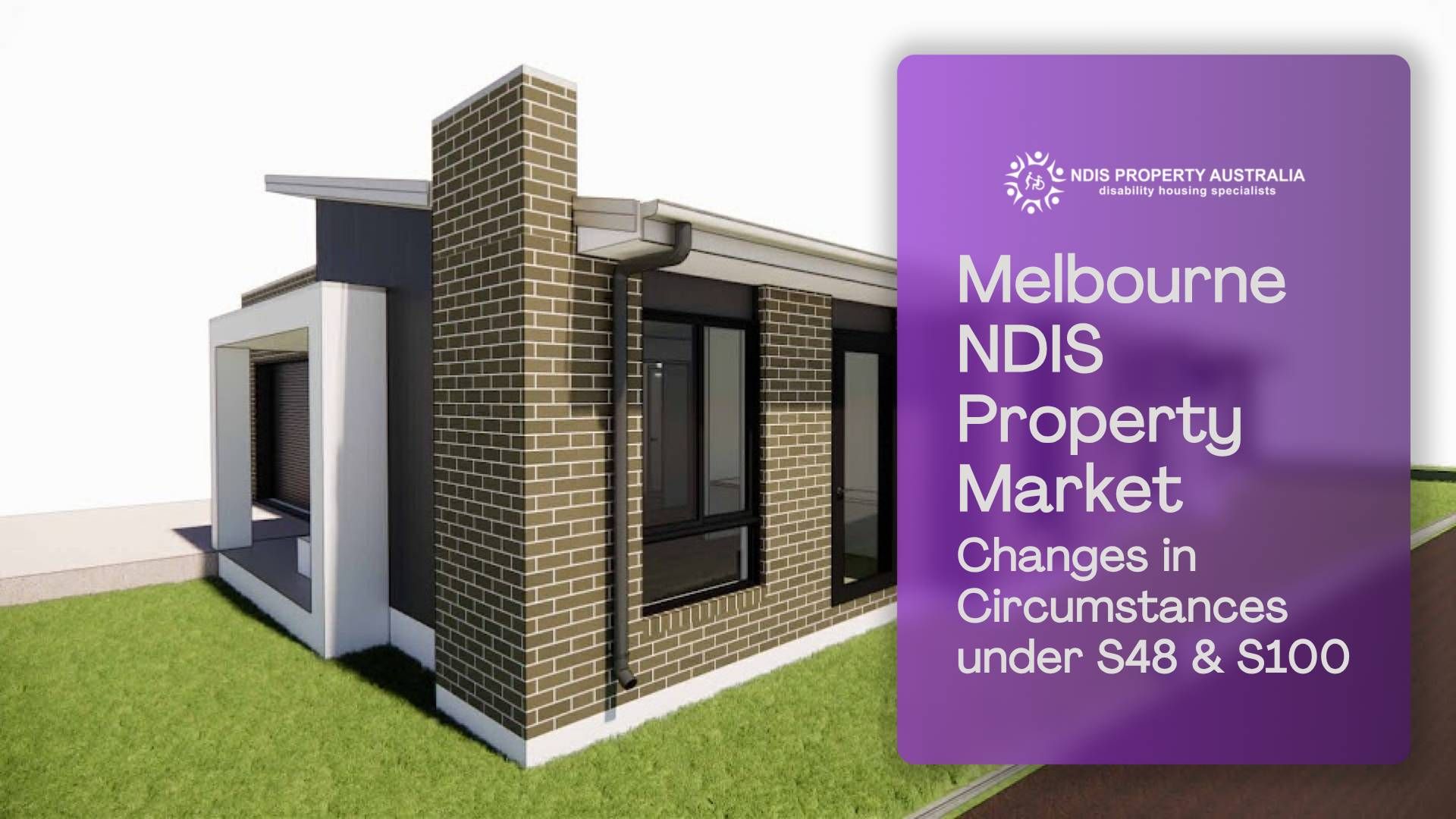Secure Your First Tenant: Simple SDA Strategies
Completing an SDA property is just the first step. Without a tenant, your investment isn’t delivering. Holding costs can quickly add up, and the longer the property sits vacant, the more pressure you face as an investor.
Your first tenant—often called the anchor tenant—brings income, demonstrates demand, and helps fill the remaining vacancies. A tenanted SDA property holds more value, performs better financially, and provides reassurance to future tenants, families, and support coordinators.
This article explains the role of the anchor tenant, why it matters, and practical steps you can take to secure a suitable tenant early—so your property starts generating income as planned.
What Is an Anchor Tenant in SDA Housing?
An anchor tenant is the first NDIS participant placed into your SDA property. Their tenancy marks the beginning of the property's function as a supported home and sets the tone for all future placements. Once in place, it becomes easier to coordinate tenancy matching, service delivery, and occupancy planning.
This first tenant often determines the preferred support provider, the type of care model used, and how compatible future tenants need to be. Securing the anchor tenant early improves cash flow, helps build credibility for the property, and makes it more attractive to participants and coordinators who are assessing housing options.
Who Actually Finds the Tenant?
It’s a common assumption that once your SDA property is built, your provider will handle everything—including sourcing the tenant. But the reality is more layered.
Here’s how the chain typically works:

Support coordinators play a bigger role than most realise. They are the ones families and participants trust. They influence housing choices, submit referrals, and often bring a short list of properties to a participant's attention. If your provider isn’t actively engaged with a local network of coordinators, your property may never even make it onto that list.
This is why asking the right questions up front matters. How does your provider engage with the community? Who do they partner with to fill vacancies? What’s their current occupancy rate?.
Read also: SDA Housing Challenges and Investment Opportunities
How to Attract Your First Tenant
Getting the first tenant into your SDA property isn’t guesswork. It comes down to clear action, the right setup, and strategic incentives. Here’s what works:
Offer Value Early
Waive MRRC Rent Temporarily
One of the most effective, low-effort incentives you can offer is waiving a portion of the MRRC (Maximum Reasonable Rent Contribution). This is the amount a participant pays out of pocket to live in an SDA-funded home—around $13,000 per year.
For many participants and their families, upfront costs are a barrier—even when the property is suitable. By waiving 3 months of MRRC (approximately $3,200), you give participants the breathing room they need to settle in, while also helping support coordinators feel more confident recommending your property.
Provide Furniture
SDA participants and their families often prefer homes that are ready to move into, not just ready for inspection. Offering a partially or fully furnished property can greatly impact their decision. Basic furnishings like a couch, dining table, and TV unit, along with essential white goods (fridge, washer, microwave), can help.
Optional extras like bedroom furnishings or pre-set-up internet can also make a difference. This speeds up move-in timelines, reduces stress for families, and makes the property more appealing to support coordinators. A simple, practical setup is often more effective than high-end fittings.
Install Key Equipment in Advance
Many SDA homes are built with provisions for hoists and automation, but the installation of these requires NDIS approval, often delaying tenant move-ins. By installing these features upfront, you can avoid wait times and ensure the home is fully functional when the tenant arrives. It is important, however, to liaise with the SDA Provider first to determine whether a likely anchor tenant would require such features.
This shows your commitment to quality, eliminates delays, and makes your property more attractive to participants and support coordinators. While it involves upfront costs, the investment helps you secure tenants faster, reducing vacancy risk and enabling steady income.
Additional Tips.
- Professional Photography & Video Walkthroughs
Consider spending $500–$700 for high-quality visuals to give support coordinators and families a clear view of your property. - Showcase Function, Not Just Features
Highlight bathroom layouts, private spaces, OOA rooms, and entry access in all marketing. These details matter more than general floor plans. - Use Localised Marketing
Your provider should actively promote the property within their SIL and coordinator networks. Ask for proof—emails, meetings, outreach summaries. - Remove Friction for Coordinators Visit
Make it as easy as possible for support coordinators to assess and visit your property. Coordinators usually come with other professionals like occupational therapists, family members, and the participant, so you need to be flexible with viewing times.
Read also: Finding the Right Tenant for Your NDIS SDA Investment
Have all the necessary property details ready and easily accessible, such as the SDA design category, compliance information, and suitability for participants. The simpler you make it for coordinators to evaluate the property, the higher the chances of your home being chosen for NDIS participants.
Head Leasing
Head leasing is a simple but effective way to reduce vacancy risk. In a head lease agreement, the SDA provider rents the property from you and subleases it to the participants. This shifts the responsibility for filling vacancies to the provider. If there are gaps in occupancy, the provider still pays you rent, meaning you don’t lose income.
Head leasing creates a stable and predictable rental income. The provider’s payments usually cover most or all of your mortgage or holding costs, giving you consistent cash flow.
It also adds credibility to your property. When potential tenants or support coordinators see that the property is managed by a reputable provider, they’re more likely to show interest.
Effective Marketing?
Effective marketing starts with identifying and targeting the right audience: support coordinators, SIL providers, and disability networks. These groups are the ones who refer participants to suitable housing. Make sure your marketing materials clearly communicate the benefits of the property: accessibility features, support services available, and the quality of life for participants.
Set Up for Long-Term Success
Once you secure your first tenant, the work doesn’t end there. To make your SDA property a long-term success, maintain consistent tenant placement and keep the property in line with the evolving needs of participants.
Focus on building a strong relationship with your SDA provider. They should be actively involved in tenant management, ensuring that the needs of each participant are met while also focusing on the overall stability of your property. Maintaining regular communication with support coordinators and SIL providers can help you stay ahead of any potential vacancy periods.
If you’re ready to secure your first tenant and ensure the success of your SDA investment, Reach out to experienced SDA providers who can guide you through the tenant-finding process, head leasing, and effective marketing strategies.
Contact us directly for advice on how to get your SDA property up and running.




